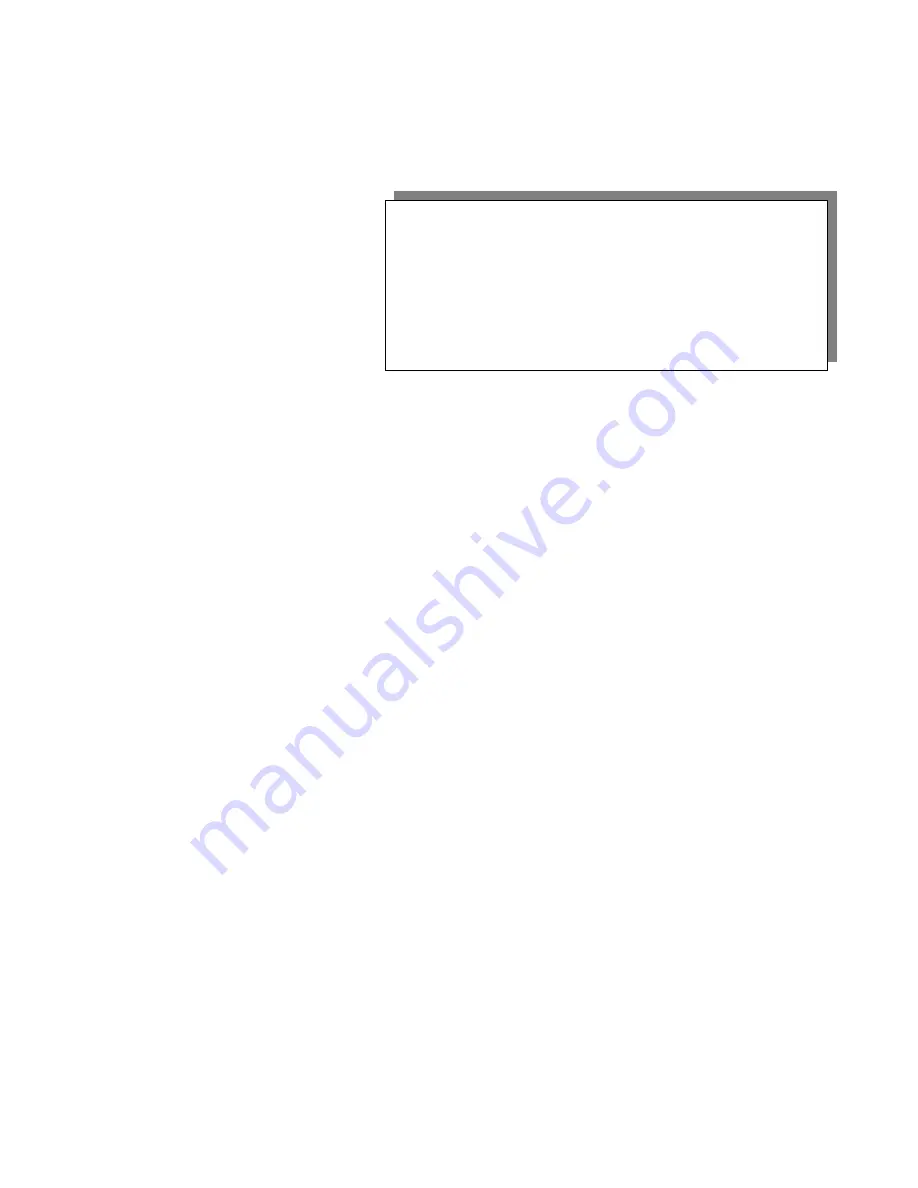
34
IMPORTANT
It is imperative that you explain to the homeowner that it is their
responsibility to:
•
Keep the vent terminal free of snow and ice.
•
Periodically check the vent terminal for
debris.
4. Set Sentry Controller to desired settings.
5. Turn thermostat up, Ignition will occur.
Operational Checklist
Ensure that Carbon Dioxide Readings are within the acceptable ranges. Using an appropriate Oxygen or
Carbon Dioxide analyzer, take a sample of the flue gas. The sample must fall within the acceptable
Carbon Dioxide ranges, which is 8% - 9.5% for natural, and 9.0%-10.5% for propane.
(See “Section
5.2”)
Before Leaving
•
Remove gauge from gas valve and
tighten bleed screw and test plug for
leaks.
•
Allow boiler to complete at least one
complete cycle, or at least 15
minutes running time.
•
Always verify proper operation after servicing
13.0 ANNUAL MAINTENANCE AND INSPECTION
This unit requires very little maintenance, however a Qualified Technician should inspect it at the
beginning of every heating season.
Inspection Check list:
1.) Lighting is smooth and consistent, and the combustion fan is noise & vibration free.
2.) The condensate freely flows from the unit, and is cleaned of sediment.
3.) Relief Valve and air vents are not weeping.
4.) Low water cut off is flushed (if applicable)
5.) Examine all venting, for evidence of leaks, and vent screens are cleaned.
6.) Check the burner plate for signs of leaking.
7.) Verify the vent clearance as per Section 3.0
8.) Listen for water flow noises indicating a drop in boiler water flow rate. The boiler and hydronic
system my need to be flushed to eliminate hard water scale (Recommend using Fernox DS-40
de-scalar).
13.1 Combustion Chamber Cleaning
Once every second year
the burner door should be removed so the combustion chamber can be
inspected for flue gas blockage. Such blockage will reduce the boiler’s capacity/firing rate and can
impact negatively on how smooth and efficiently the burner lights. Vacuum out any loose build-up and
clean the heat exchanger surface with an appropriate cleaner for combustion chambers (recommend
using Sotin 300). Use nylon or other non-metallic brush to loosen the sulfate incrustations and any other
contaminates. Rinse with water allowing the solution to exit via the condensate drain. This process may
warrant removing the insulation disc from the back of the heat exchanger.

















